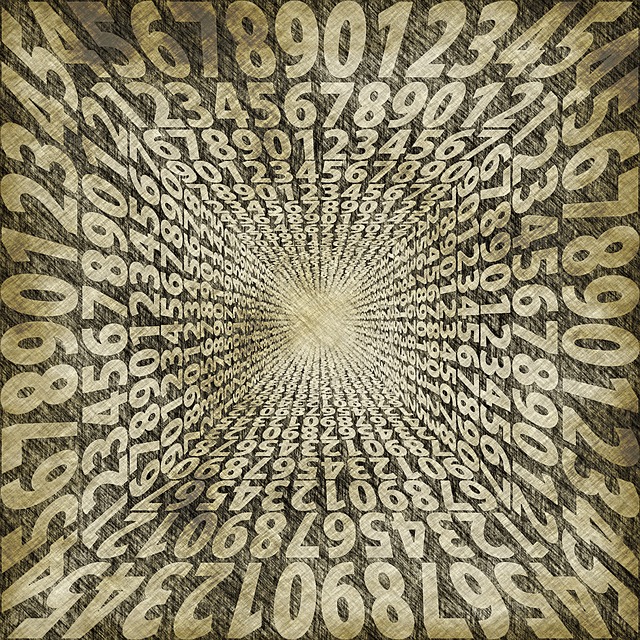Number Series – Common Types
April 22, 2020
Clocks
October 5, 2022In this post, we will have a look at the techniques to calculate the Right Most Non Zero Digit in a Factorial. In one of our previous posts we explained a technique to calculate the highest power of a number in a factorial. This post deals with calculating the last non-zero digit in a factorial.
At the end of this post you will be able to solve problems like
- How to calculate the last non zero digit in 20 factorial.
- How to find the last non zero digit in 96 factorial.
- Find the last non zero digit of 658! etc.
We will solve these problems by first looking into a conventional approach and then with the help of formula that can help us in calculating the right most non-zero digit of any factorial.
How to find the last non-zero digit of n!?
We will look into two approaches here:
Approach 1: The logical multiplication approach
- We first express the factorial as a product.
- Then, since we are calculating the right most non-zero digit, we ignore those numbers whose product will result in multiple of 10. To do this we ignore the pairs of 5 and 2 whose product will lead to 10
- Multiply the units digit from the rest of the numbers
Calculate the right most non zero digit in 5!
- Here 5! = 5 x 4 x 3 x 2 x 1.
- In the product, there is one pair of 5 and 2. Ignoring this pair we get: 4 x 3 x 1
- Units digit in 4x3x1 is 2 which is the right most non zero digit of 5!
Find the last non zero digit in 15!
Here 15! = 15 x 14 x 13 x 12 x 11 x 10 x 9 x 8 x 7 x 6 x 5 x 4 x 3 x 2 x 1
Now in 15!,
- There are 3 pairs of 5 and 2. Ignoring these we get: 3x7x13x12x11x9x8x7x6x2x3x2x1
- Now, just multiply the units digit of the numbers successively:
3×7 = 21 => Multiply 1 in 21 with 3 in 13 => 1×3 = 3 => 3 x 2 (2 in 12) => 6 => 6 x 1 (1 in 11) => 6 x 9 => 4 (4 in 54) x 8 => 2 (2 in 32) x 7 => 4 (4 in 14) x 6 => 4 (4 in 24) x 2 => 8 x 3 => 4 (4 in 24) x 2 = 8
Hence the last non zero digit in 15! is 8.
As you can see from the above approach, this can be quite time consuming as the number becomes larger. A simpler approach would be using a formula as described below:
Approach 2: Using a formula
If n is expressed as $5a + b$, then the right most non zero digit of n! is given by
$L(n!)$ = $Last$ $Digit$ $of$ $[ 2^a$ x $L(a!)$ x $L(b!) ]$
How to calculate the last non zero digit in 20 factorial
Here n is 20. Expressing 20 in terms of 5a+b, we have
20 = 5*4+0. i.e a=4 and b=0.
L(20!) = Last Digit of [ 24 x L(4!) x L(0!) ]
Last digit of 24 = 6
L(4!) = Last non zero digit of 4x3x2x1 = 4
Thus, L(20!) = Last Digit of [ 6 x 4 x 1 ] = 4
Find the last non zero digit of 50!
Here n is 50. 50 in terms of 5a+b = 5*10+0. i.e a = 10 and b = 0
L(50!) = Last Digit of [ 210 x L(10!) x L(0!) ]
Last digit of 210 = Units digit of 210 = Units digit of 22 = 4
To calculate L(10!)
10 = 5×2 + 0 => a = 2, b = 0
L(10!) = Last digit of [ 22 x L(2!) x L(0!) ] = Last digit of [ 4 x 2 x 1] = 8
Thus, L(50!) = Last Digit of [ 210 x L(10!) x L(0!) ] = Last Digit of [4 x 8 x 1] = 2
How to find the last non zero digit in 96 factorial
n = 96. Expressing 96 in terms of 5a+b, we have
96 = 5*19+1. i.e a=19 and b=1.
L(96!) = Last Digit of [ 219 x L(19!) x L(1!) ]
Calculating the last digit of 219. Using the technique explained in this post : Units digit of 219 => Units digit of 23 = 8
Next lets calculate L(19!).
Again expressing 19 in terms of 5a + b, we have
19 = 5×3 + 4.
Thus L(19!) = Last Digit of [ 23 x L(3!) x L(4!) ]
Last digit of 23 = 8.
Right most non zero digit of L(3!) = 3×2 = 6
Last non zero digit of L(4!) = 4x3x2 = 4.
Hence L(19!) = Last digit of [8 x 6 x 4] = 2
Now, getting back to our original problem
L(96!) = Last Digit of [ 219 x L(19!) x L(1!) ]
Last digit of 219 = 8
L(19!) = 2
L(1!) = 1
Thus L(96!) = Last Digit of [ 8 x 6 x 1 ] = 6
What Next?
| Calculate Remainders of Large Numbers | Divisors of a Number – Tips and Tricks |
| Units digit of Large Numbers | Last Two Digits of Large Number |


